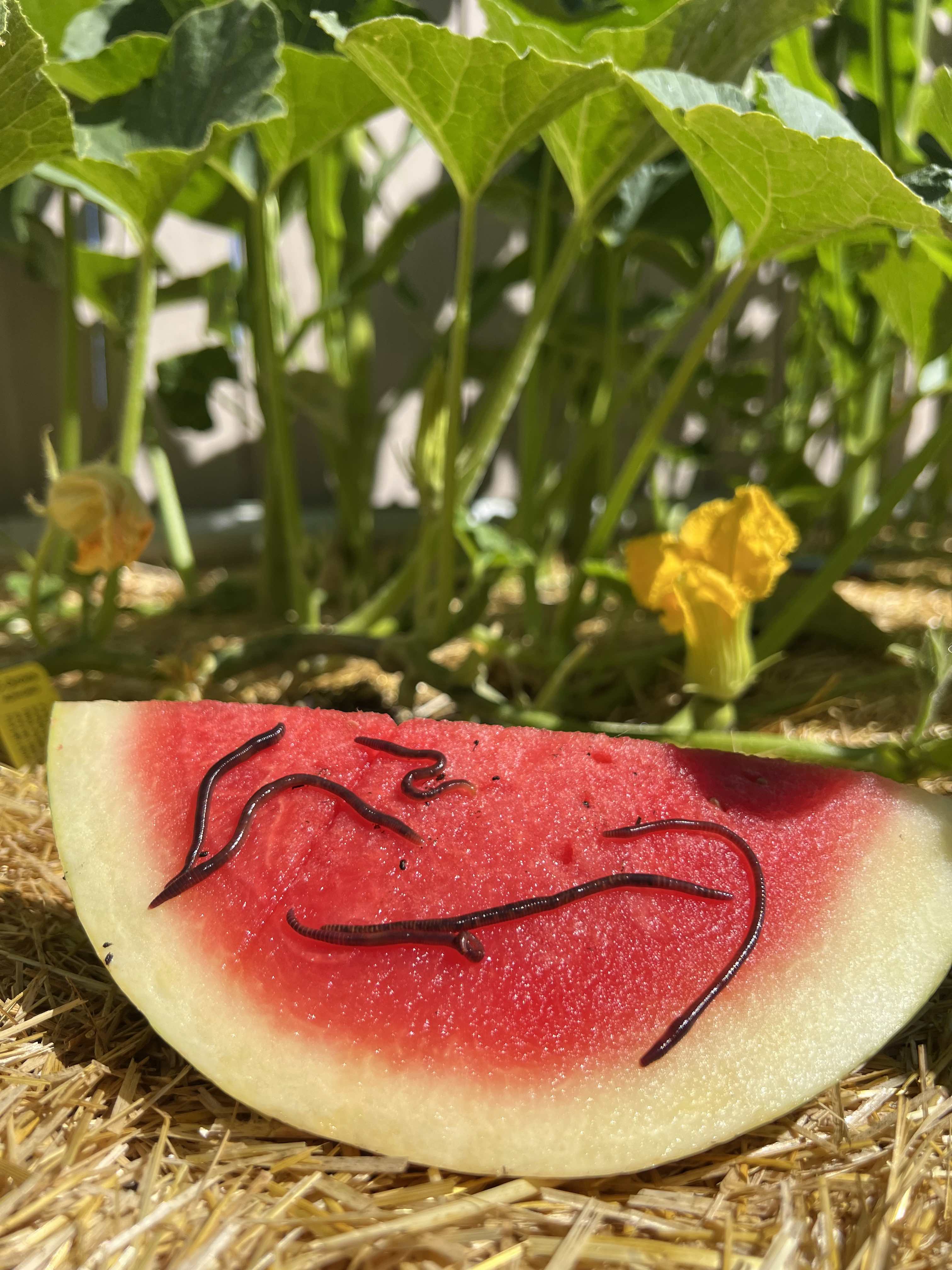Red Wiggler Express - Truths
Red Wiggler Express - Truths
Blog Article
The Ultimate Guide To Red Wiggler Express
Table of ContentsUnknown Facts About Red Wiggler ExpressThe Facts About Red Wiggler Express UncoveredRed Wiggler Express Things To Know Before You Get ThisLittle Known Facts About Red Wiggler Express.
With the global push for sustainability and with environmentally friendly methods expanding in appeal, people are ultimately coming about and acknowledging the ecological advantages of red wiggler worms and composting. In this short article, we'll talk about how vermicomposting sustains sustainable gardening and the environmental benefits of red wigglers and other earthworms.
This is the short of it. If you desire to review extensive concerning red wiggles, we have a whole write-up devoted to them right here. Now, allow's get right into the nitty-gritty of exactly how these worms sustain sustainable gardening methods and benefit the setting: Worm composting is like a health spa day for your dirt.
When included into your garden soil, these castings improve its structure, aeration, and water retention. This aids with plant development and health and does not need making use of any chemicals. Did you know that natural waste composes a considerable part of landfill product? And breaking down natural waste in land fills develops huge quantities of landfill gas (LFG), which is comprised of around 50% CO2 and 50% methane a greenhouse gas approximately 28 more effective than carbon dioxide.
By diverting your kitchen scraps and lawn waste into a worm composting container, you're successfully decreasing the amount of organic waste that winds up in garbage dumps. It's a great deal for your garden and the planet. Ignore chemical fertilizers worm castings are the actual bargain. They're chock-full of crucial nutrients like nitrogen, phosphorus, and potassium.
The 7-Second Trick For Red Wiggler Express

Mix the nutrient-rich worm castings right into your garden soil or use them as a top dressing for potted plants. In a globe where sustainability is becoming significantly crucial, red wigglers beam as unrecognized heroes of horticulture.
Composting may appear like old news, yet doing it with a container full of worms most likely does not. Red wiggler worms use excellent advantages to the natural gardener, producing both a natural fertilizer and an efficient pesticide.
Worm castings might be acquired at shops such as SBS in Vineyard Haven or Vineyard Gardens in West Tisbury, however to elevate the worms in a garden compost bed and harvest your very own castings is far more enjoyable. The work of these worms is a component of lasting living. Red wigglers are native to horse manure, where they delve to lay eggs.
Getting The Red Wiggler Express To Work
(https://asklink.org/Red-Wiggler-Express_358197.html)He covers the container with straw, then an item of old carpet. Lynn explains the production of castings and 2 usages: as a plant food and as a chemical. It passes through them and includes calcium to make this abundant planet," she claims.
"We call it golden tea," states Lynn. "I did it to see if it would make a distinction on white flies and aphids. My rosemary had a mold or fungi. After I splashed, instantly it looked far better." The red wiggler is a vast dog breeder, laying eggs as commonly as once a week.
It takes 3 to 5 months for an infant worm to get to sexual maturation and the adult length of three inches. Their lifetime is four to 5 years unless naturally they are utilized for lure. As freshwater fish bait, wigglers wriggle on the hook and make it through undersea longer than conventional earthworms.

What Does Red Wiggler Express Do?

Several years ago the Stelle family members moved into an Edgartown fixer-upper farm. "I wished to enter into farming with points that didn't need to be tended to daily like a cow. We were introduced to worm farming and started with 50,000 worms. That appears like a great deal, yet they're really small." She originally acquired her worms online from a worm ranch in Vermont.
As one of the Epigeic class of compost worms, the usually does not show up in dirts. Rather, it thrives within the dirts of ground covers, manure, and decomposing greenery. The worm is red or reddish-brown in shade and has a smooth, round form. The clitellum, or saddle-like reproductive gland, lies about two-thirds of the means down the worm's body.
A red wiggler worm can grow up to 4 inches in size however is generally only concerning two and a half inches. The worm has a tiny mouth located at the front of its head. It also has little bristles, called setae, which assist the worm move and anchor itself to surface areas.

Report this page